The American West stands as a playground for outdoor enthusiasts, with Colorado and Utah consistently ranking among the top destinations for adventure seekers nationwide. These neighboring Rocky Mountain states share stunning natural beauty, world-class recreation opportunities, and distinctive Western character. Yet beneath their superficial similarities lie fundamental differences that create distinctly different experiences for visitors and residents alike.
Here are 20 key differences that separate these two adventure giants, which might help you decide which deserves your next vacation.
Mountain Character
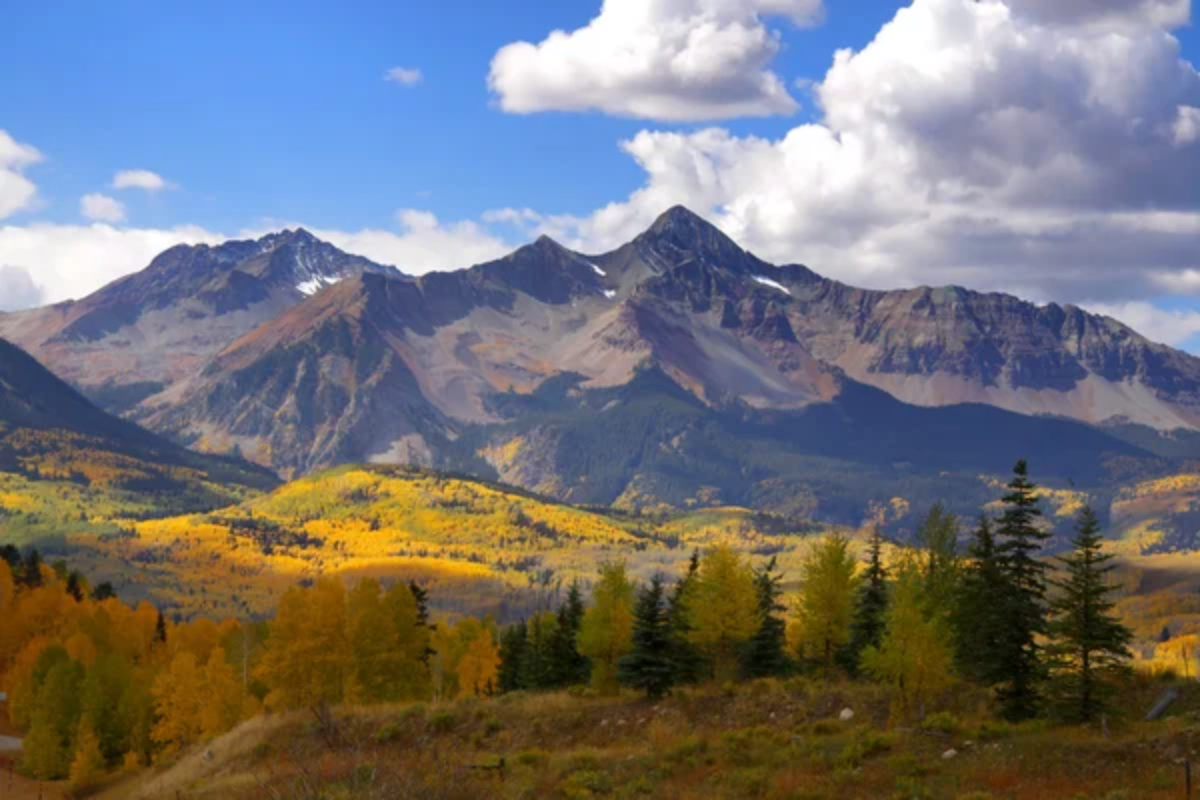
Colorado boasts the highest overall elevation in the continental United States, with 58 peaks exceeding 14,000 feet (known locally as ‘fourteeners’), creating a high-alpine playground that dominates the state’s identity and recreation culture. Utah features more geologically diverse mountain ranges with fewer extreme elevations – its tallest peak, Kings Peak, reaches just 13,534 feet – but offers more varied terrain types from the alpine Uinta Mountains to the dramatic red rock formations of southern Utah.
Snow Quality
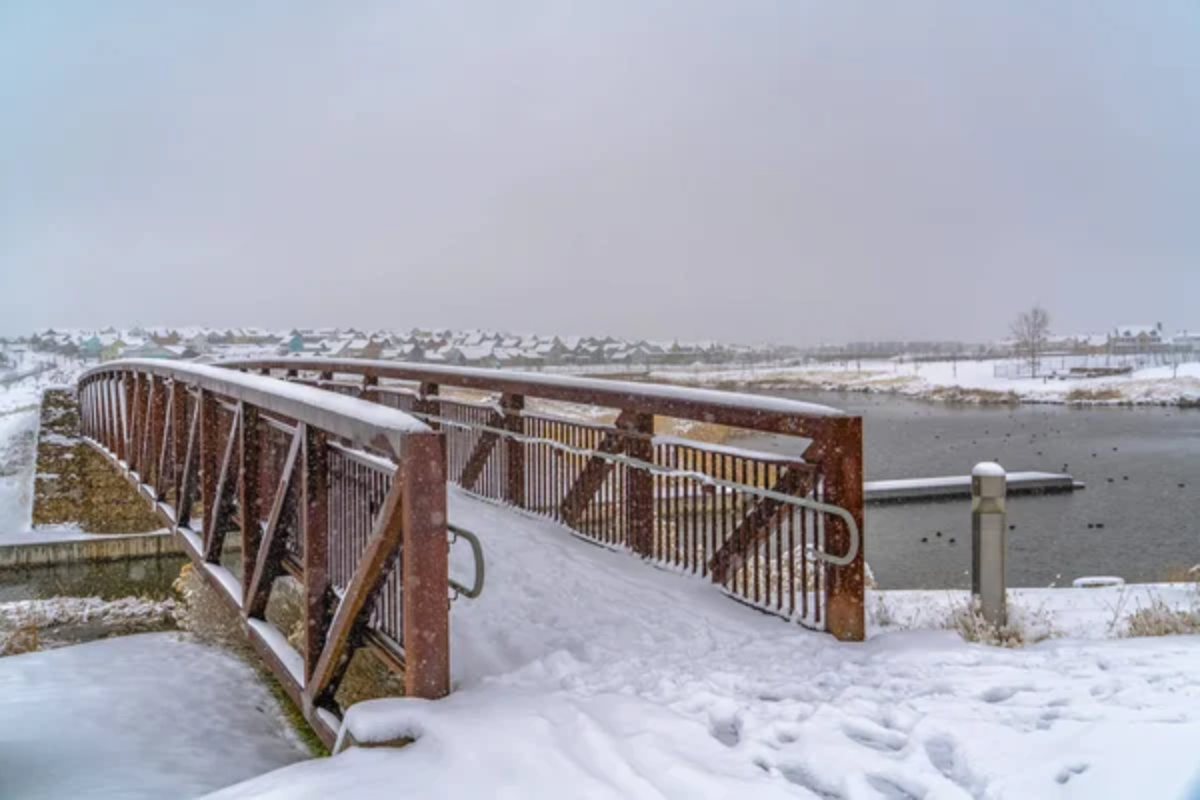
Utah proudly claims ‘The Greatest Snow on Earth’ thanks to the unique meteorological conditions created by the Great Salt Lake, which produces exceptionally dry, fluffy powder averaging 8-9% moisture content that many skiers consider the world’s finest. Colorado typically receives heavier snow with slightly higher moisture content (around 10-12%).
However, its higher elevations can sometimes produce comparably dry powder, especially in northern and central mountain resorts during midwinter storms.
Like Travel Pug’s content? Follow us on MSN.
Ski Resort Access
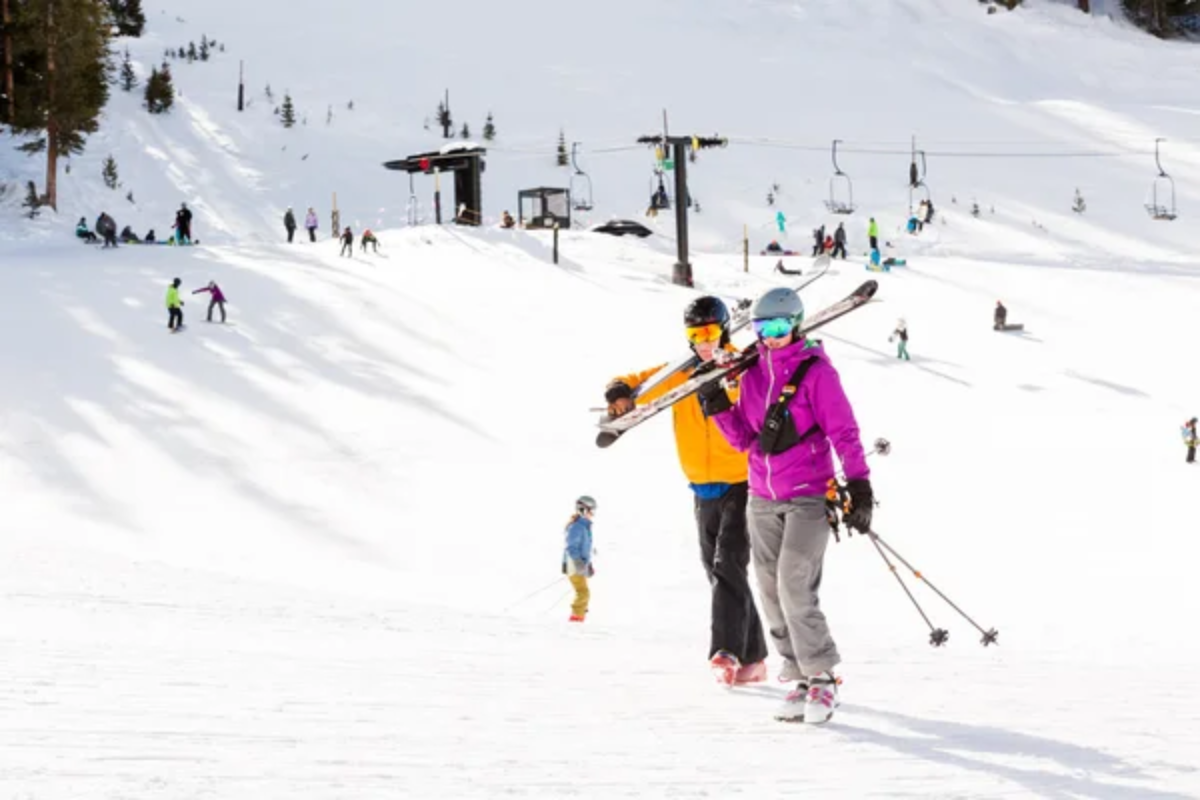
Colorado’s major ski destinations like Breckenridge, Vail, and Aspen require drives of 1.5-3 hours from Denver, often through mountain passes that can become congested during peak periods, especially along the I-70 corridor. Utah’s primary ski resorts cluster remarkably close to Salt Lake City – Brighton, Solitude, Snowbird, and Alta sits just 30-45 minutes from downtown, allowing visitors to fly in the morning literally and ski the same afternoon, with even Park City accessible within an hour’s drive.
Desert Landscapes
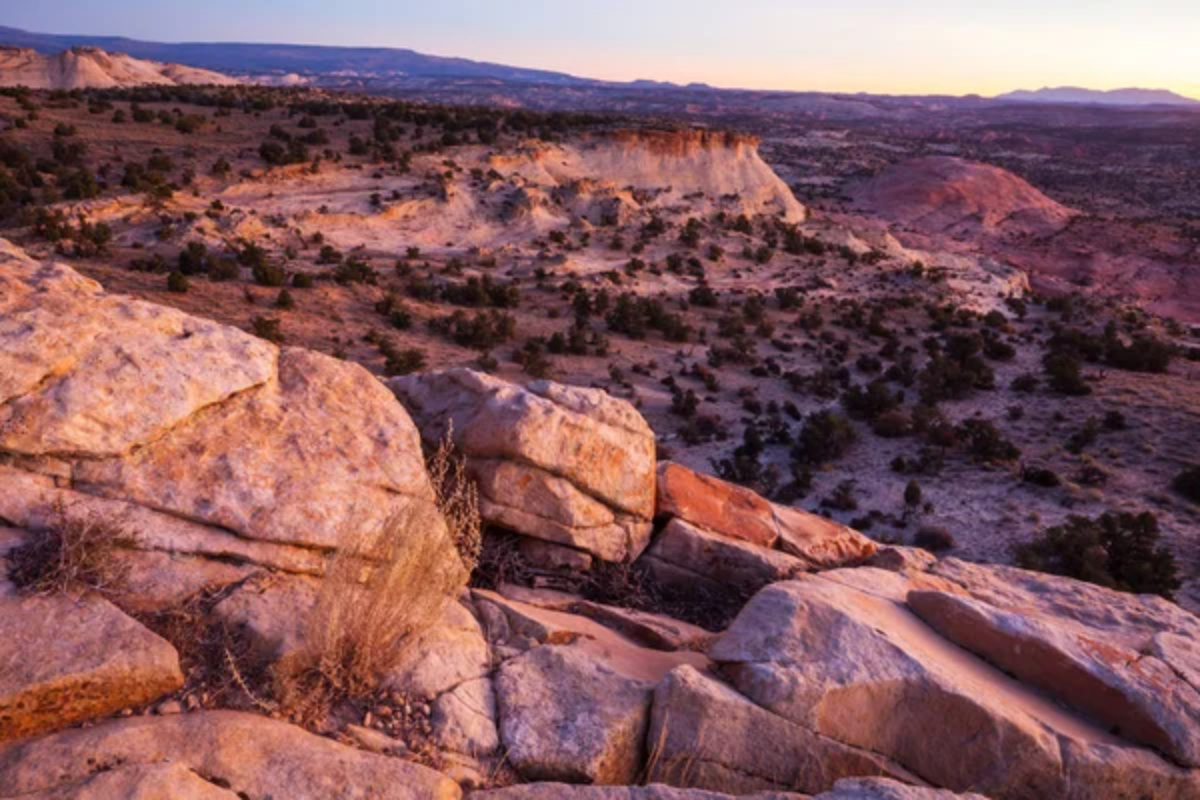
Utah contains five of America’s ‘Mighty Five’ national parks (Arches, Canyonlands, Capitol Reef, Bryce Canyon, and Zion), showcasing extraordinary red rock formations, slot canyons, natural arches, and otherworldly landscapes that represent some of the finest desert terrains on earth. Colorado offers more limited desert environments, primarily in its western regions around Grand Junction and the Colorado National Monument.
However, these areas, while beautiful, lack the scale and diversity of Utah’s vast redrock wilderness regions.
Water Resources
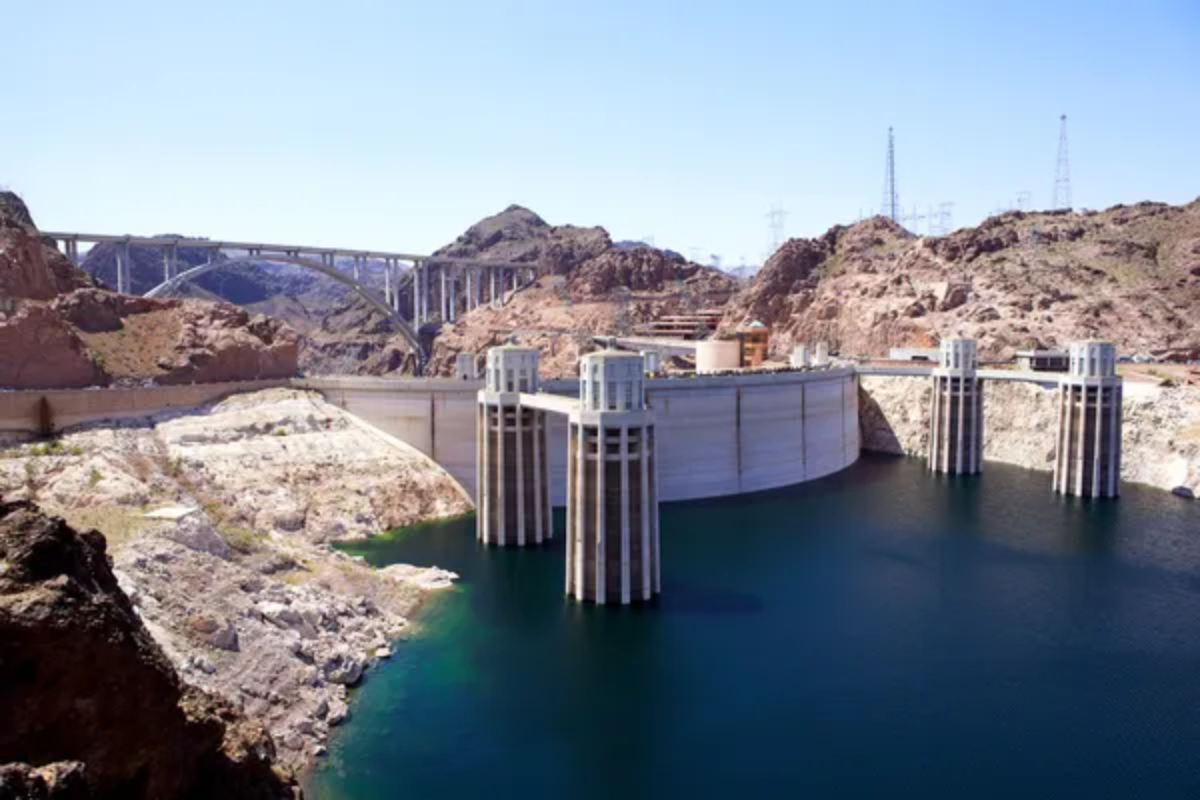
Colorado functions as a crucial headwaters state where multiple major river systems originate, including the Colorado, Rio Grande, Arkansas, and Platte Rivers, creating abundant river recreation within state boundaries despite relatively limited lake resources. Utah, as a predominantly desert state, features fewer natural rivers but contains the massive Great Salt Lake and impressive reservoirs like Lake Powell, offering distinctive water recreation opportunities focused more on flat water activities and unique saline swimming experiences.
Like Travel Pug’s content? Follow us on MSN.
Cultural Atmosphere

Colorado embraces a progressive, outdoors-focused culture with strong environmental leanings, particularly in mountain towns and the greater Denver metro area, creating communities that blend outdoor adventure with contemporary urban amenities and socially liberal attitudes. Utah’s culture remains strongly influenced by its Mormon heritage and conservative values, particularly outside Salt Lake City, with notably different attitudes toward alcohol, community activities, and social policies that affect everything from restaurant experiences to Sunday recreation options.
Cannabis Accessibility

Colorado pioneered recreational cannabis legalization in 2012, creating a robust industry with dispensaries throughout the state offering legal access to marijuana products for adults over 21, which has become somewhat integrated into the tourism economy. Utah maintains strict prohibition against recreational cannabis, with extremely limited medical marijuana provisions that don’t accommodate out-of-state visitors, creating a stark policy difference that affects tourism patterns, particularly among younger travelers seeking legal access.
National Park Crowds

Colorado’s four national parks (Rocky Mountain, Mesa Verde, Great Sand Dunes, and Black Canyon of the Gunnison) receive substantial visitation but experience somewhat less extreme crowding than Utah’s famous parks. Utah’s Zion, Arches, and Bryce Canyon face severe overcrowding issues, with Zion implementing mandatory shuttles, Arches occasionally closing its gates when filled, and peak-season experiences increasingly requiring strategic timing or reservations.
Like Travel Pug’s content? Follow us on MSN.
Climbing Diversity
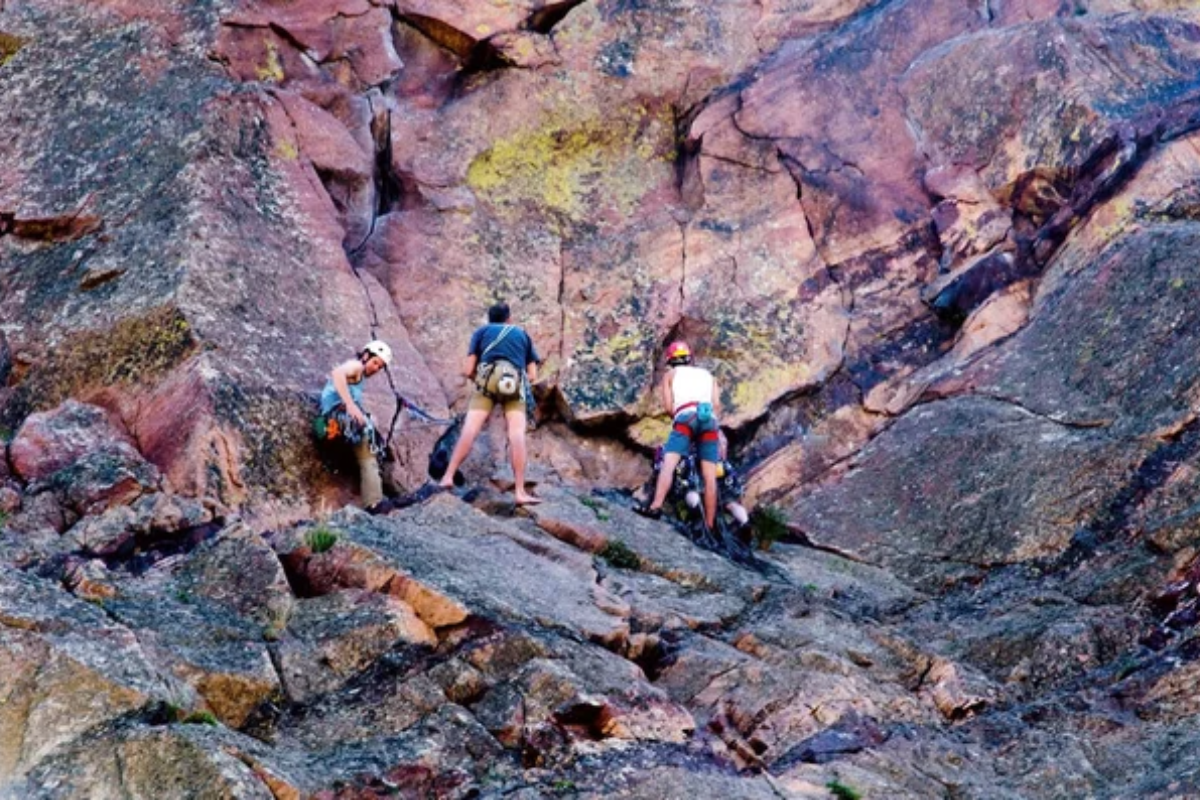
Colorado offers exceptional traditional climbing on granite and metamorphic rock throughout the state, with world-class alpine routes, notable sport climbing areas like Shelf Road, and the famous sandstone formations of Eldorado Canyon. Utah presents greater climbing diversity with desert crack systems at Indian Creek, limestone sport routes in Maple Canyon, unique cobble conglomerate in American Fork, sandstone towers near Moab, and granite in Little Cottonwood Canyon – offering nearly every type of climbing within state boundaries.
Transportation Convenience
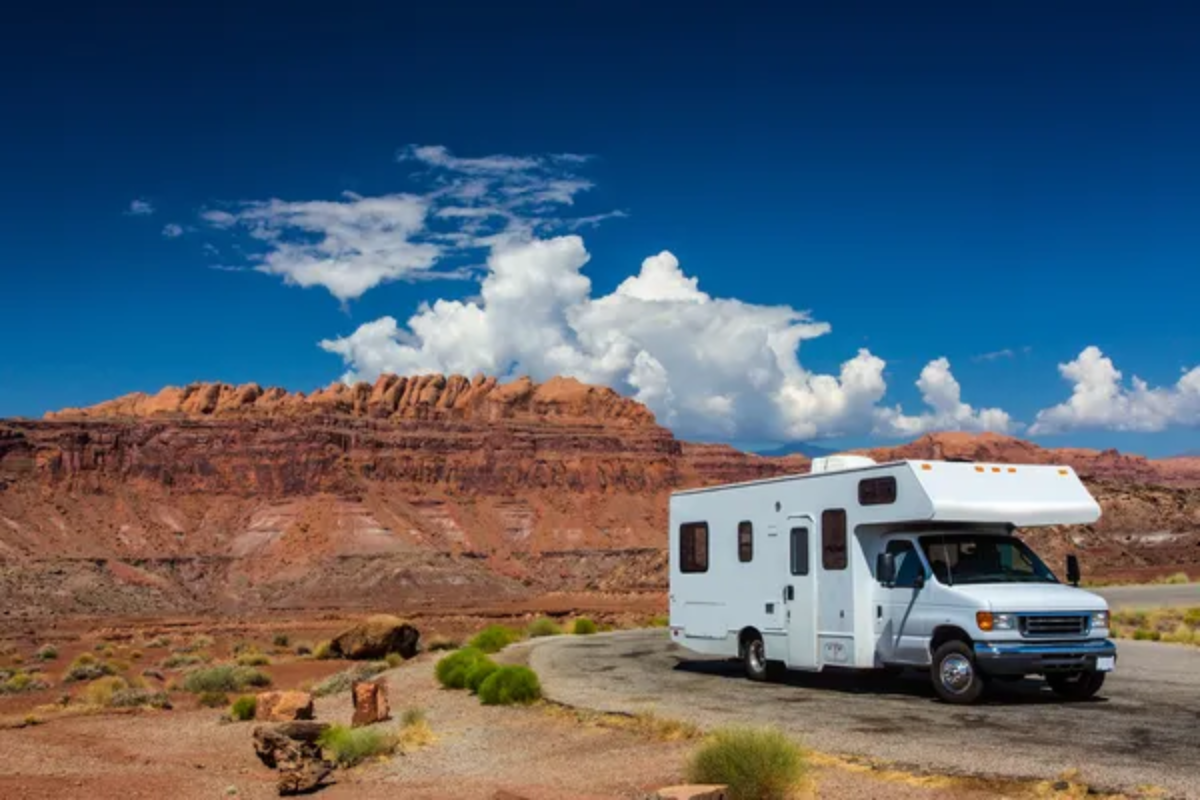
Colorado benefits from Denver International Airport – a major hub with extensive direct connections nationwide and internationally – combined with relatively straightforward highway systems connecting major adventure destinations, making the state highly accessible for travelers. Utah’s adventure regions spread across more remote geography, with Salt Lake City providing excellent access to northern mountains but southern Utah’s spectacular canyon country requiring significant drives (4-5 hours) from major airports, creating logistical challenges for visitors trying to experience both regions.
Population Distribution
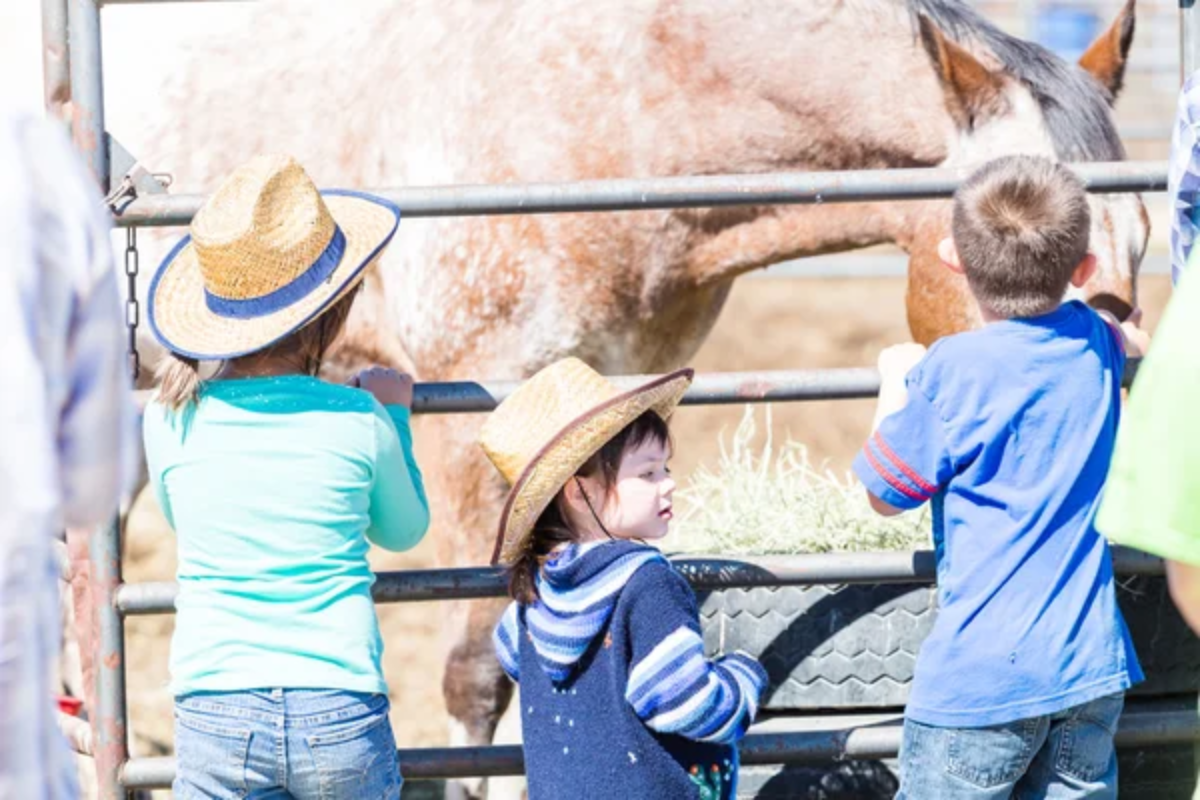
Colorado concentrates roughly 85% of its population along the urbanized Front Range corridor from Fort Collins to Pueblo, leaving vast portions of western Colorado relatively undeveloped and pastoral despite heavy tourism in specific mountain towns. Utah features greater population dispersal across its Wasatch Front urban corridor, eastern valleys, and southern regions, creating more small cities and villages distributed throughout the state.
However, its southeastern quadrant remains among America’s least populated regions.
Like Travel Pug’s content? Follow us on MSN.
Weather Patterns
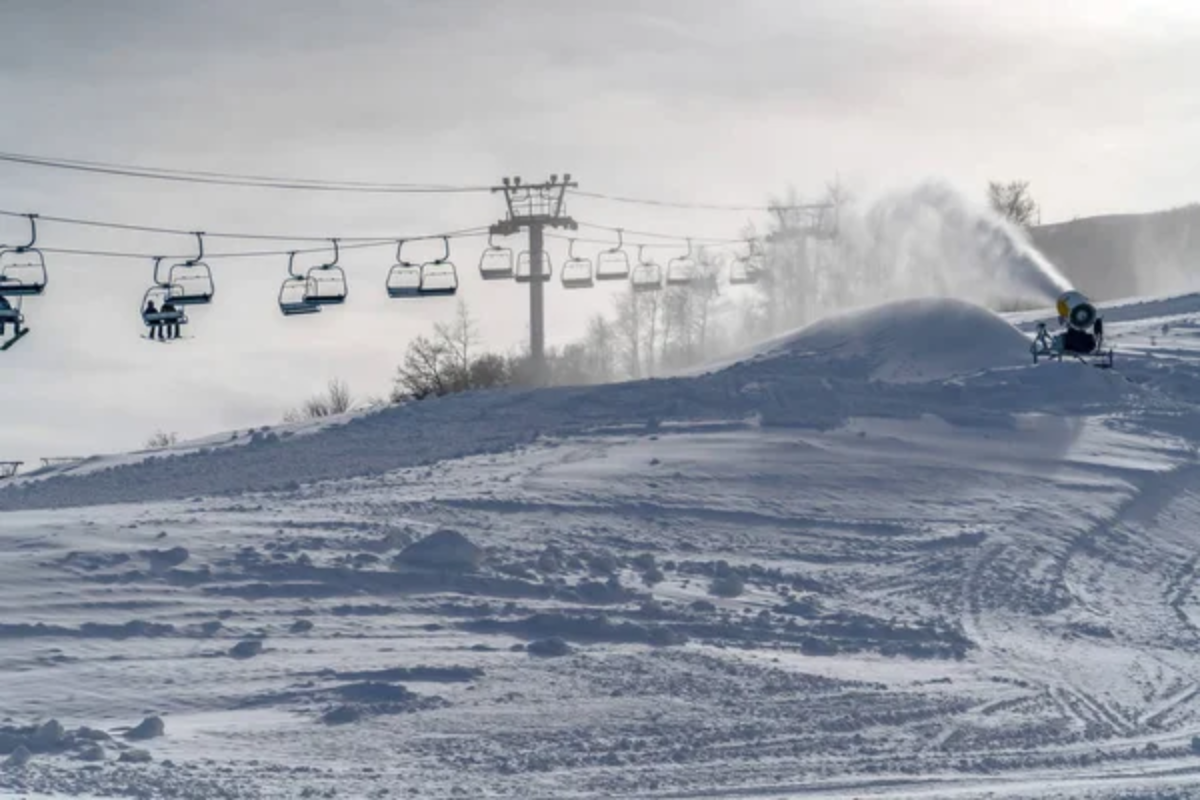
Colorado experiences extreme weather variability due to its elevation, with intense afternoon thunderstorms common in summer, rapid temperature fluctuations year-round, and significant differences between daytime and nighttime temperatures, particularly in mountain regions. Utah generally features more stable, predictable weather patterns with less dramatic temperature swings, longer periods of consistent conditions, and distinct seasonal transitions that often make outdoor planning more predictable.
Trail Systems
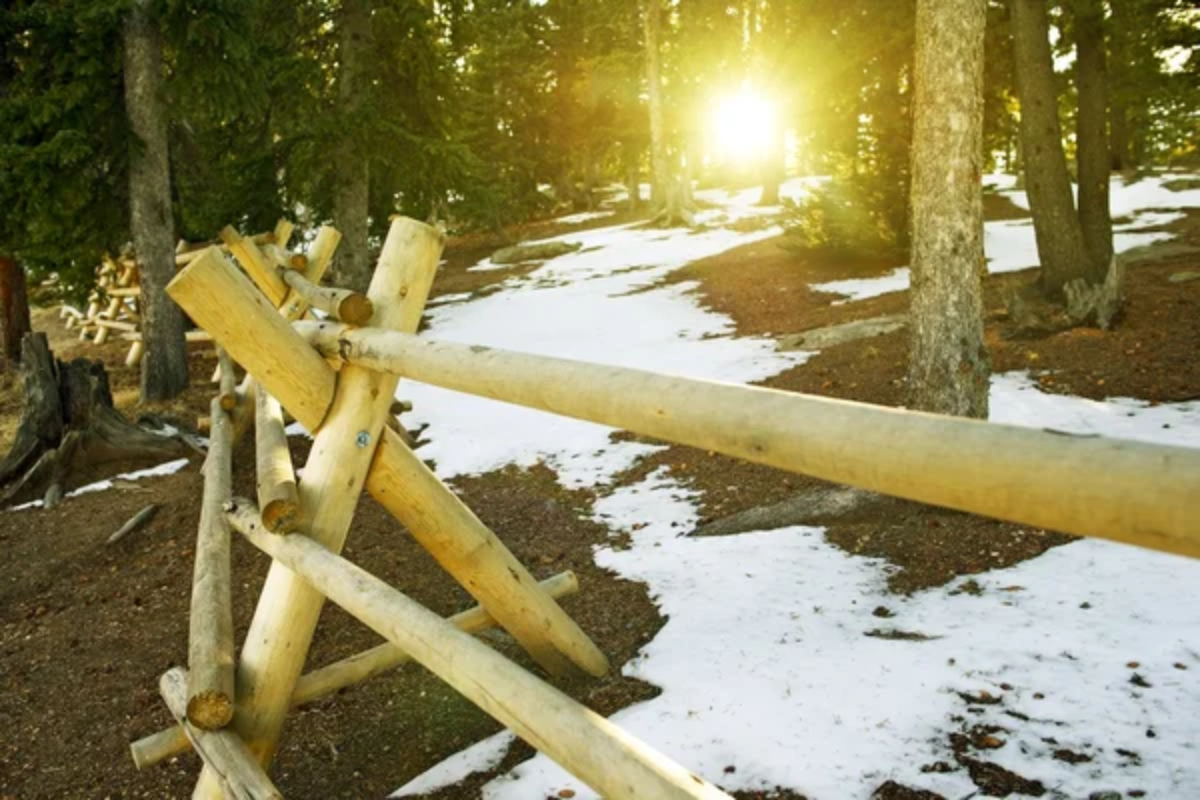
Colorado has developed extensive trail networks across public lands, with particularly well-maintained systems around major mountain towns and the Colorado Trail spanning 486 miles across the state’s mountainous backbone. Utah offers the less developed but increasingly popular 800-mile Utah Traversing Trail (Uinta Highline to Hayduke Trail), plus extraordinary slickrock riding in Moab and countless unmaintained routes across desert public lands that often require more advanced navigation skills.
Winter Activities Beyond Skiing
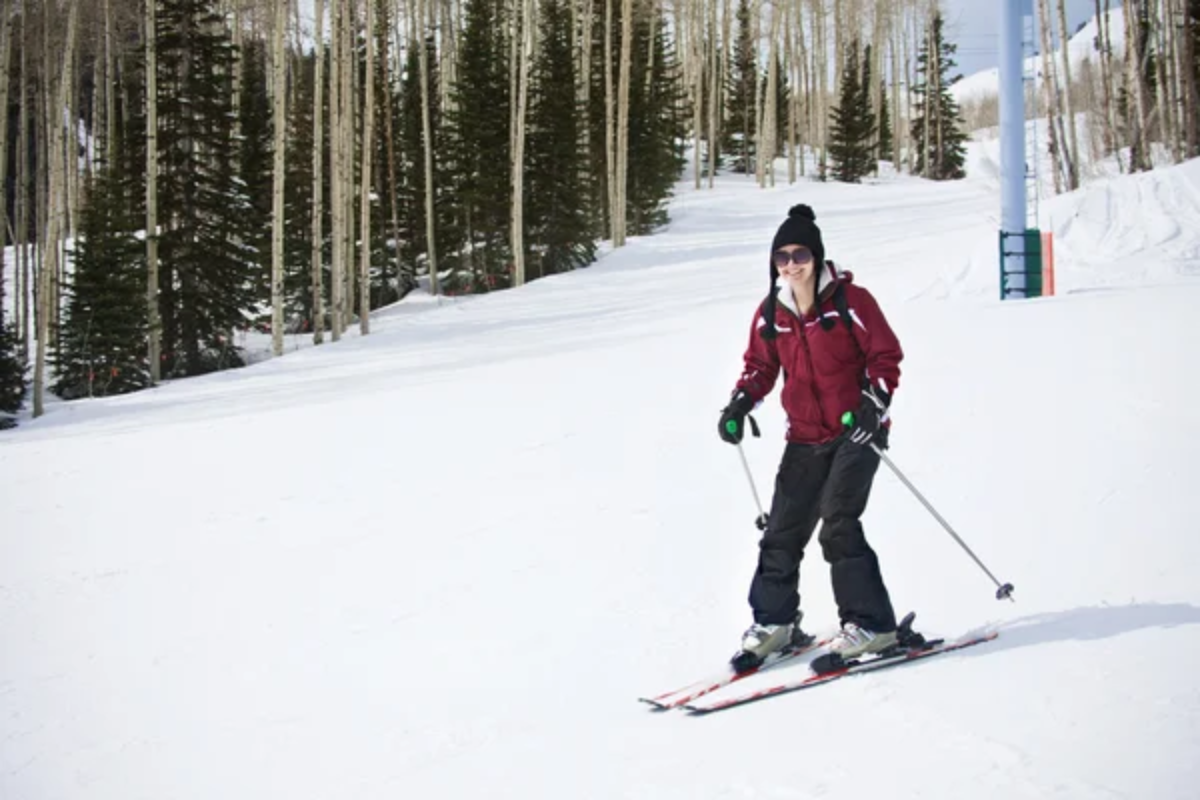
Colorado embraces diverse winter recreation with extensive snowmobiling trails, developed Nordic ski centers, ice climbing destinations in Ouray and Vail, and growing fat bike opportunities throughout mountain communities. Utah offers comparable winter diversity but with greater emphasis on unique experiences like the Sundance Film Festival, Olympic venues from the 2002 Games, distinctive ice formations at Bridal Veil Falls, and easier access to winter desert recreation in southern regions that remain comfortably mild when northern mountains are snowbound.
Like Travel Pug’s content? Follow us on MSN.
Wildfire Impact
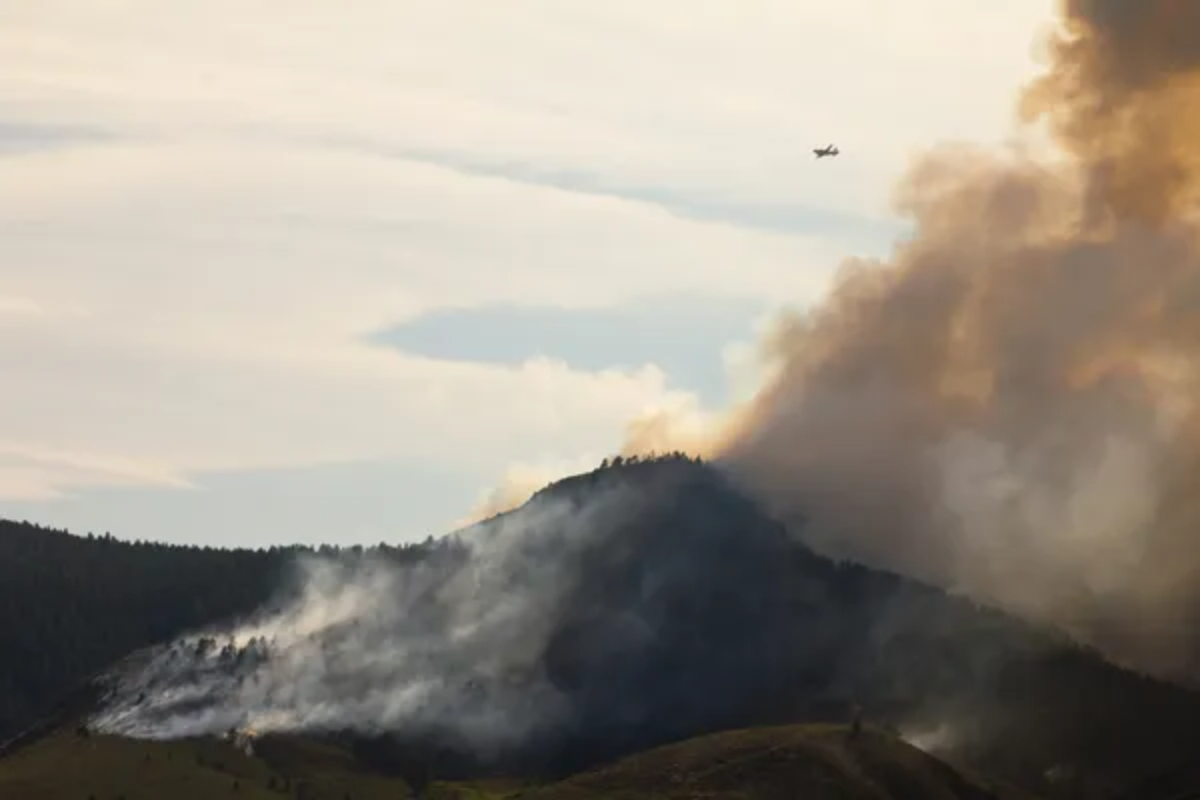
Colorado faces increasing wildfire threats, with several catastrophic fires in recent years affecting recreation areas, occasionally closing popular destinations, and frequently creating summer smoke conditions that impact outdoor activities. Utah experiences significant wildfire activity as well, but its more dispersed population centers and different forest types result in somewhat fewer direct impacts on major recreation corridors. However, summer smoke can similarly affect air quality during active fire seasons.
Historic Mining Heritage
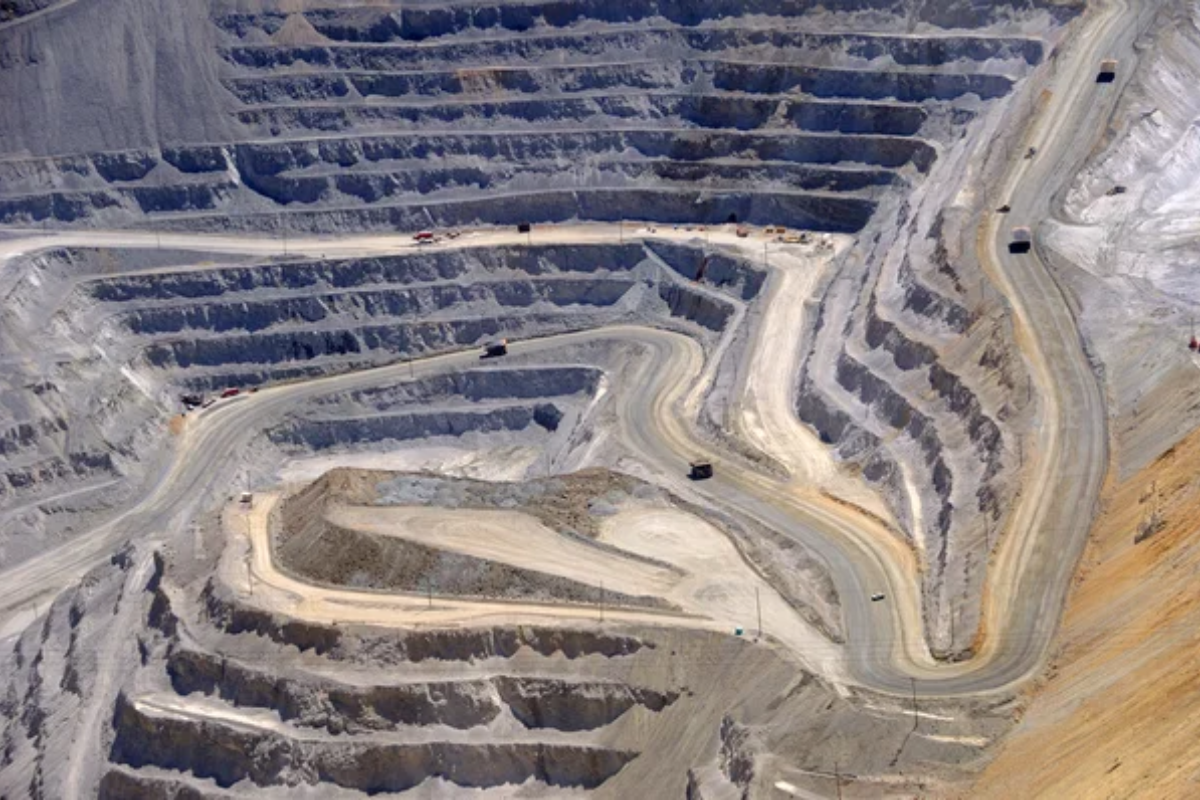
Colorado’s landscape reflects its extensive gold and silver mining history, with remarkably preserved mining towns like Leadville, Telluride, and Silverton offering distinctive historical character alongside outdoor recreation opportunities. Utah’s mining heritage focuses more on copper, uranium, and coal extraction, with mining history less visibly integrated into its main tourism destinations except for Park City, creating different historical contexts for visitors exploring each state.
Dinosaur Resources
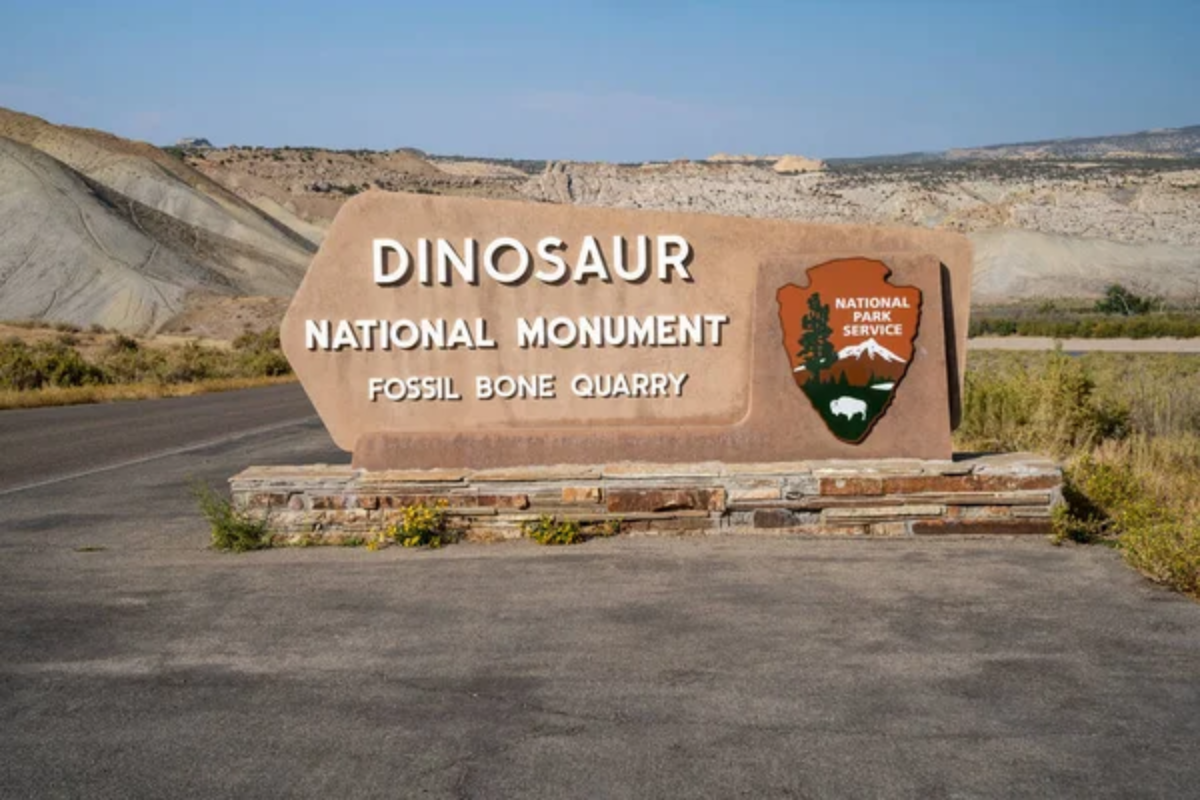
Utah contains exceptional dinosaur resources, particularly in the eastern part of the state around Vernal and the famous Cleveland-Lloyd Dinosaur Quarry, with multiple world-class paleontological sites and museums dedicated to these prehistoric creatures. Colorado features significant dinosaur attractions as well, notably Dinosaur National Monument (which crosses into Utah) and tracks at Dinosaur Ridge near Denver, though its paleontological resources generally receive less prominence in tourism marketing.
Like Travel Pug’s content? Follow us on MSN.
Indigenous Cultural Sites
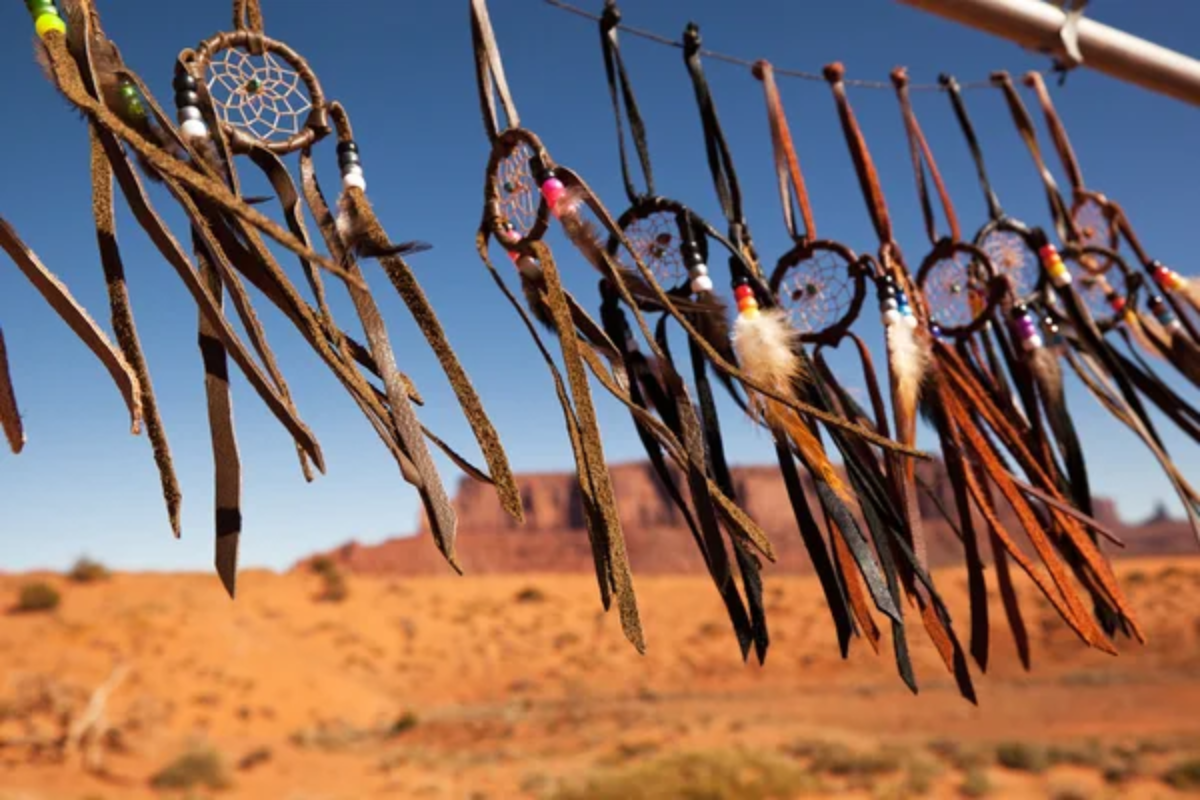
Utah preserves extraordinary Indigenous cultural sites, particularly Bears Ears National Monument, Cedar Mesa, and Hovenweep, where visitors can experience remarkable cliff dwellings, rock art panels, and archaeological sites across the southern portion of the state. Colorado’s Mesa Verde National Park offers world-class ancestral Puebloan dwellings. However, its Indigenous cultural sites generally cluster more specifically around the Four Corners region rather than appearing throughout the state.
Hot Springs Diversity
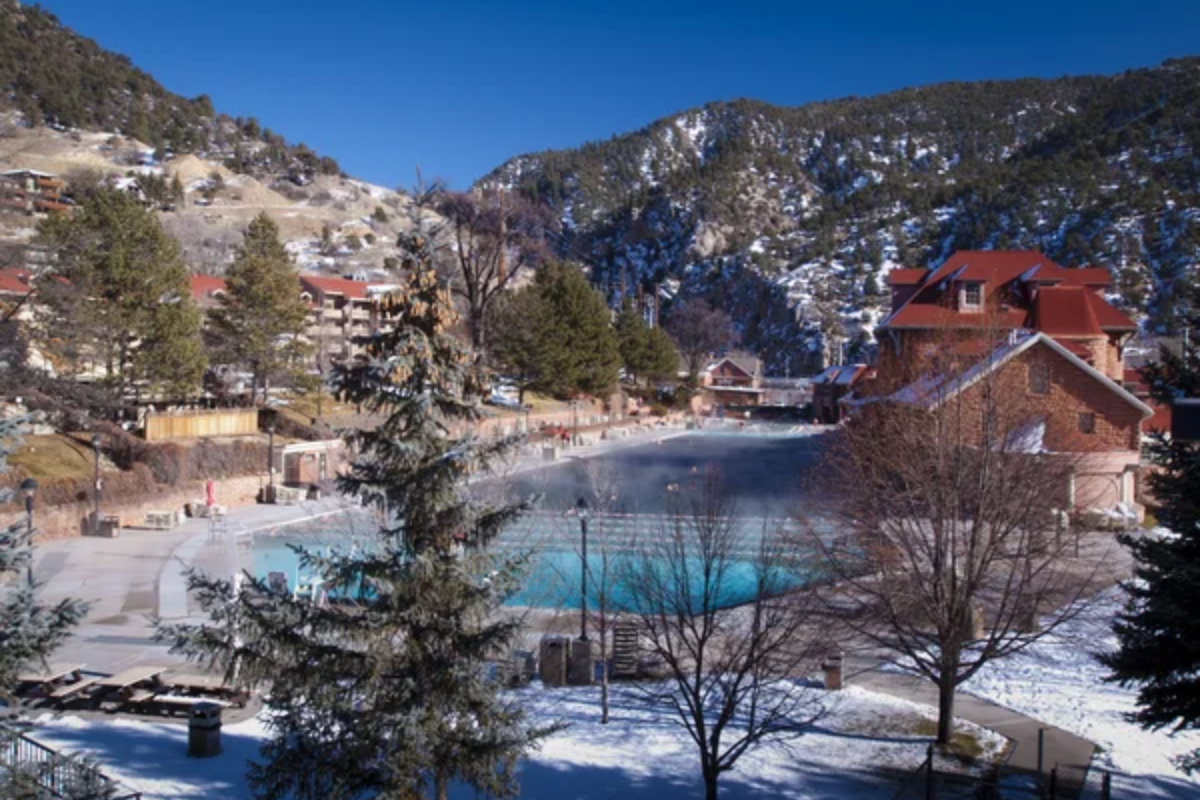
Colorado features numerous developed and natural hot springs throughout the state, from luxurious resorts in Glenwood Springs and Pagosa Springs to rustic backcountry pools, creating a substantial hot springs tourism scene. Utah contains fewer accessible hot springs, with notable exceptions around Diamond Fork (Fifth Water) and Mystic Hot Springs. Still, it lacks the extensive hot spring culture and infrastructure that characterizes many Colorado mountain communities.
Adventure Town Vibes
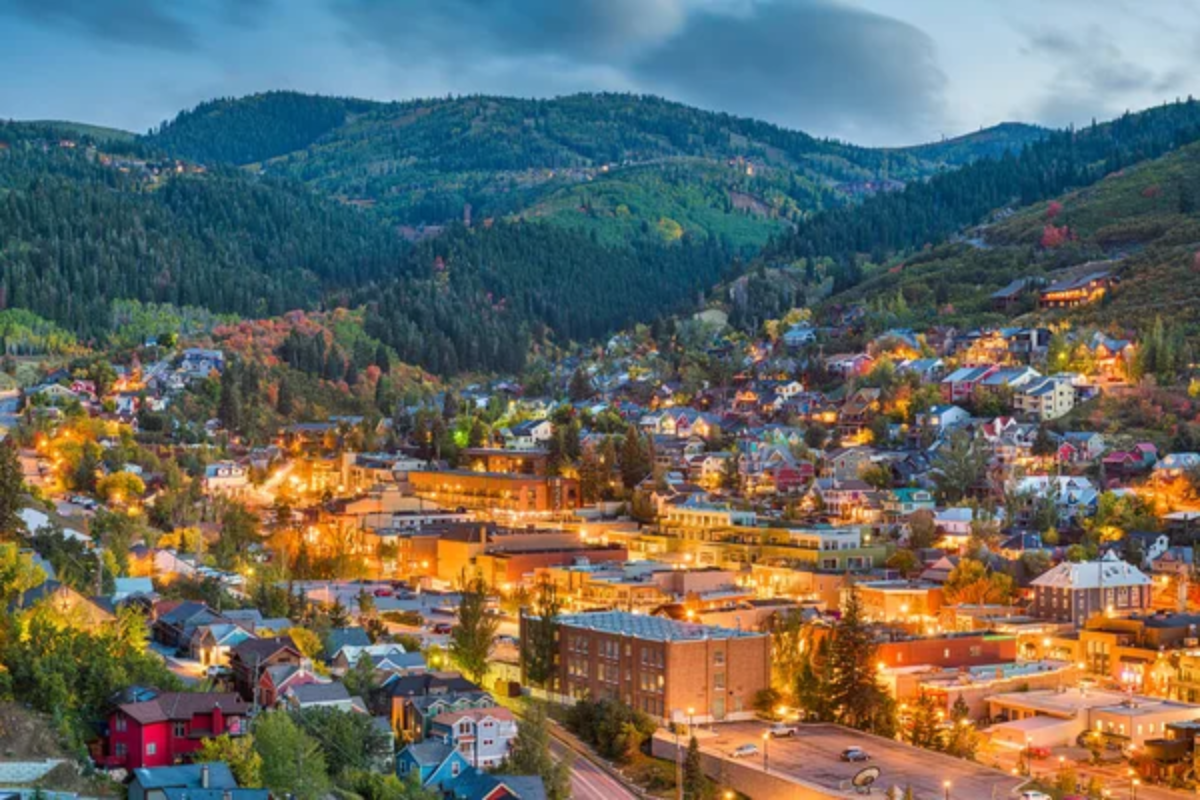
Colorado’s mountain towns like Crested Butte, Telluride, and Steamboat Springs have evolved distinct personalities while maintaining authentic mountain character despite increasing development and tourism pressure. Utah’s adventure towns trend toward either more explicitly tourist-focused destinations like Moab or more culturally conservative communities influenced by Mormon heritage, creating different social atmospheres even in areas with comparable outdoor amenities.
Like Travel Pug’s content? Follow us on MSN.
The High Ground
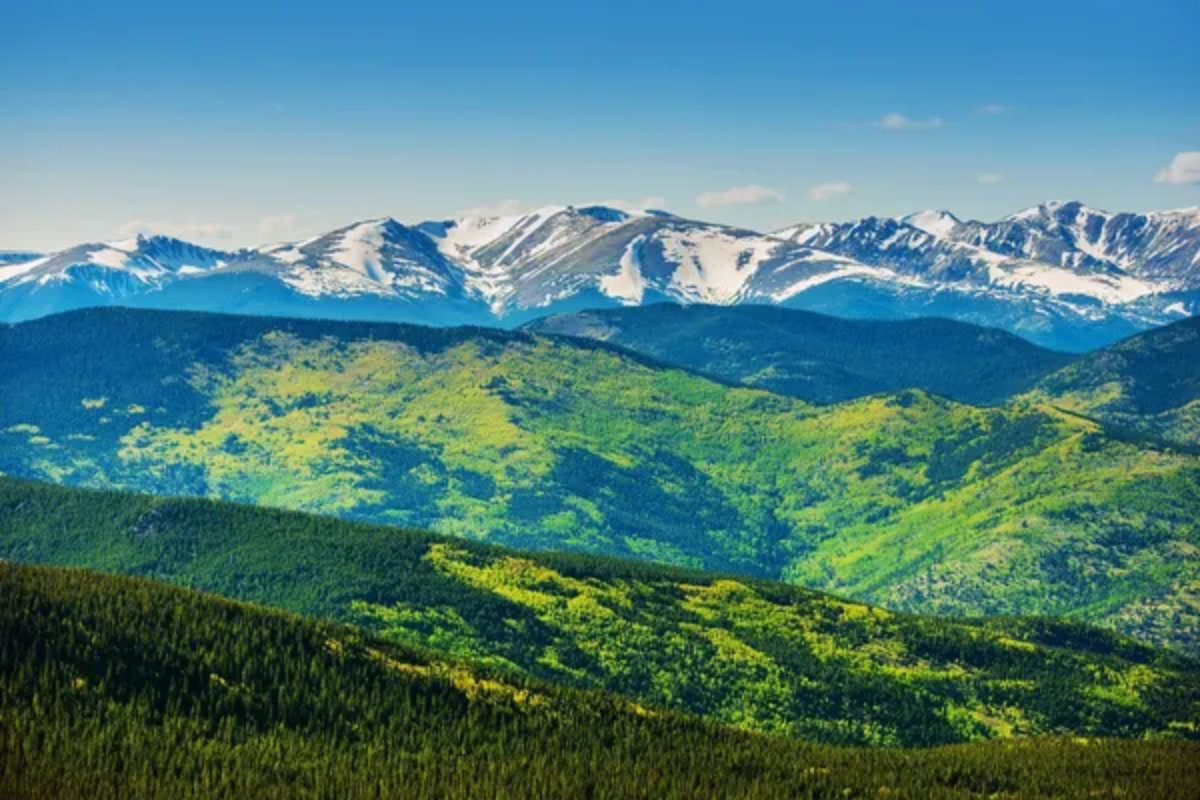
These two western giants share magnificent landscapes and world-class adventure opportunities, yet they complement rather than duplicate each other. Colorado delivers high-alpine grandeur, established mountain culture, and more developed tourism infrastructure across diverse regions.
Utah counters with extraordinary desert landscapes, superior powder snow, and wilderness experiences that often feel more remote and less commercialized. The fortunate traveler might incorporate both into a grand western adventure, experiencing how these neighboring states have developed distinctly different relationships with their spectacular natural environments while offering complementary outdoor experiences.
More from Travel Pug

- 20 Towns Built for One Purpose That Were Later Abandoned
- 15 Hidden Spots in Disney World’s Magic Kingdom Most Visitors Miss
- 20 Once-Popular Beach Towns That Are Now Ghostly Empty
- 15 Canyons in the U.S. That Are Just as Stunning as the Grand Canyon
- 10 Under-the-Radar Mountain Towns That Are Both Affordable and Beautiful
Like Travel Pug’s content? Follow us on MSN.
